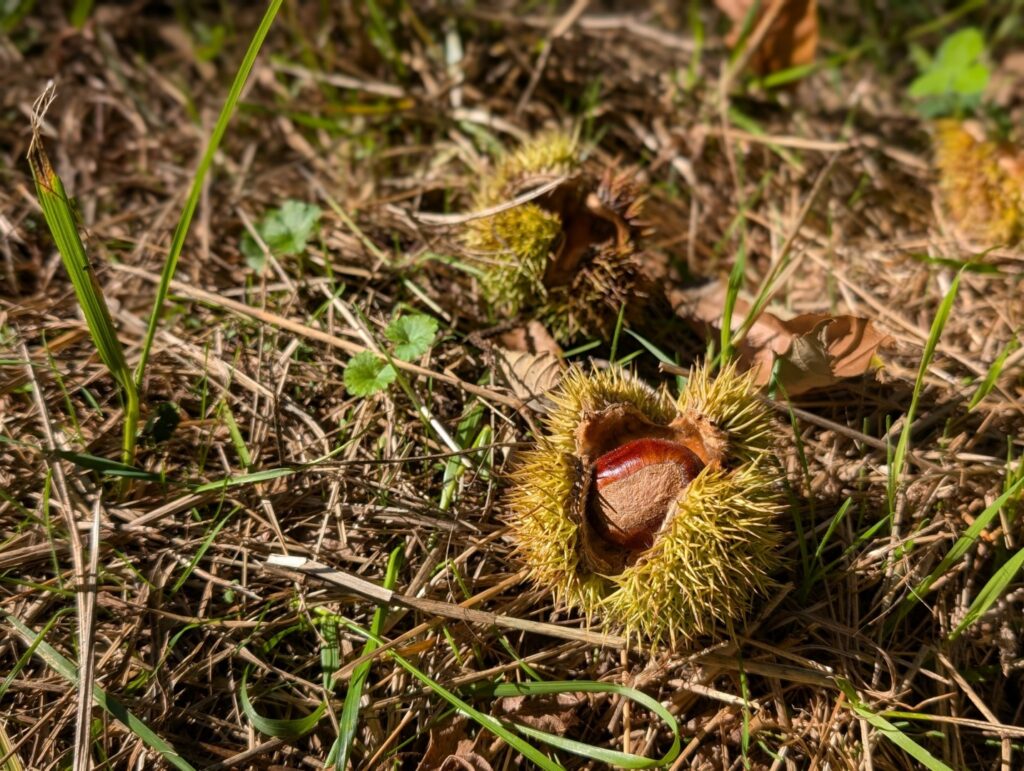Your cart is currently empty!
What Are Chestnuts?
Chestnut trees are any of the seven or so species belonging to the genus Castanea which are native to humid temperate climates in mountainous regions of the northern hemisphere. Many of the species are large trees and are (or were) important components of the upland forest ecosystem. All species of chestnuts produce sweet, edible nuts, that are high in carbohydrates and low in fat – more grain-like than nut-like. Chestnuts have been important food sources for wildlife, livestock, and humans. Three species of chestnut, namely the Chinese, Japanese, and European have been cultivated as tree crops for thousands of years. All species of chestnut are closely related; they can readily hybridize and produce fertile offspring. Consequently, there now exist lots of hybrid chestnuts with two or more species in their ancestry. This makes species identification of chestnuts difficult and confusing.
Chestnuts are not related to horse chestnuts (buckeyes) belonging to the genus Aesculus, which are poisonous, nor to water chestnuts, which are tropical vegetables.

